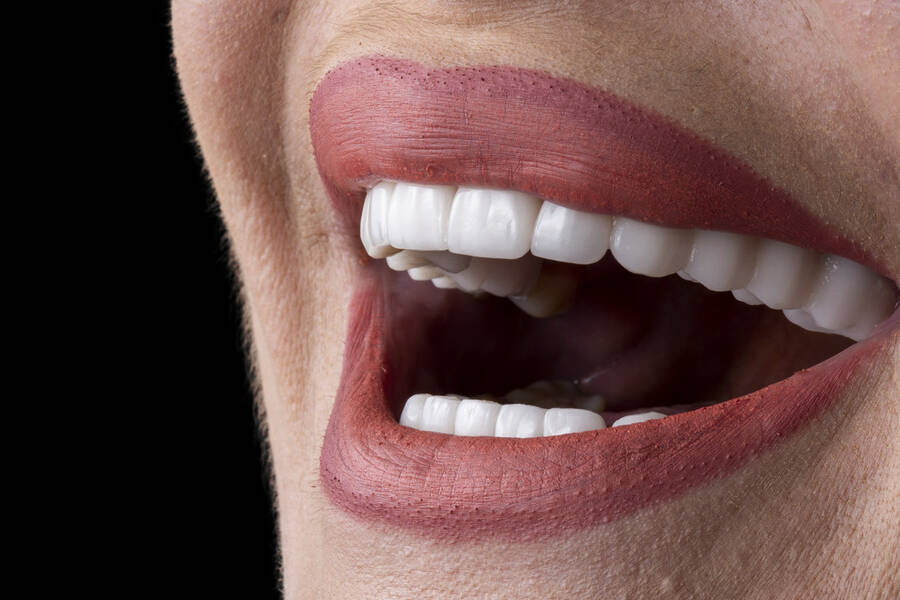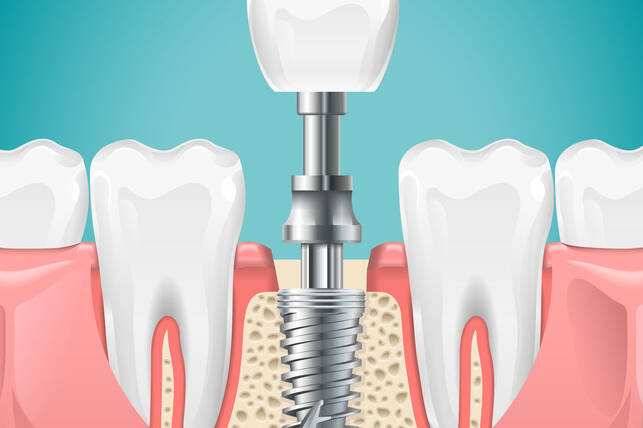Dental Bonding
Dental bonding is a popular cosmetic dentistry option due to its effectiveness, affordability, and long-lasting results. With proper care, composite bonding can last up to 10 years before needing a touch-up. However, its lifespan may be reduced if teeth are neglected, frequently exposed to hard foods, or stained by dark beverages like tea and coffee. Bonding is a quick and impactful way to improve your smile in just one visit, making it a preferred choice for teens and young adults. Unlike crowns or veneers, bonding preserves more of the natural tooth enamel and often doesn’t require anesthesia, unless used for filling cavities.
At Allwood Dental, we know every patient’s needs are unique. Dental bonding is an ideal solution for minor cosmetic enhancements, but it may not be suited for more extensive changes. Through an in-depth consultation and examination, your dentist can help you determine if bonding is the best option for you or if another cosmetic approach may be more suitable.
Book Appointment
Our Testimonials
Alisha Dhunna
“ Every time I visit, they give me proper attention and advice. I adore how they listen to your dental problems calmly and patiently, providing you with excellent guidance. Dr. Hans and her team are doing a wonderful job. Thank you for our care. ”
Jasbir Hundal
“ Dr. Hans and her staff are very attentive and caring. They explained the procedures thoroughly and made sure I was comfortable throughout the process. ”
Carole Warren
“ Dr. Hans is so kind and patient, an excellent Denist who will take time, think, and do the work correctly. I highly recommend her! She really cares about you. ”
Macleod Tara
“ So I needed a dentist, as a filling fell out. So I went on Google and looked at the reviews.
I’m so thankful I picked Allwood, friendly atmosphere, clean. The wonderful dentist let me know everything she was doing, she made me feel calm, and in a safe place. Her assistant was just as lovely. I’m definitely going back, we’re going to create a plan. Thank you ladies, for a really great experience. ”
Joe C.
“ This place was very good. I got a very friendly greeting when I walked in and I was put at ease. The dentist was gentle and attentive and took the time to honestly answer all of my questions. All of the staff were pleasant and made me feel very comfortable. ”
Debbie Tait
“ This entire office has eliminated my fears of going to the dentist regularly. Things are always explained clearly so the right decision is reached. Everyone has been beyond patient with me! ”
Our Procedure
01
Exam
We start by performing a thorough examination of the damaged tooth, assessing the size and location of the chip, break, or gap. This evaluation allows us to determine if the damage extends near the sensitive nerve endings in the tooth, which could impact treatment options and your comfort during the procedure. If tooth decay is present, we may need to remove the decayed portions to ensure a strong, clean foundation for any restorative work. This process involves gently drilling out the affected areas, after which we carefully prepare the tooth for the bonding or filling material to achieve the best results for both function and aesthetics. Our approach prioritizes preserving as much healthy tooth structure as possible while addressing all underlying issues to ensure a long-lasting, effective solution.
02
Tooth Abrasion
Once the tooth is prepared for dental bonding, we begin by gently roughening or abrading the surface of the area that requires repair. This essential step creates a slightly textured surface, which helps the bonding material adhere more effectively to the natural tooth. After this, a conditioning liquid is applied to further enhance the bonding process. By creating an ideal foundation, these preparatory steps ensure that the composite resin will securely bond to the tooth, providing a seamless and durable restoration. This careful preparation is key to achieving a natural-looking, long-lasting result.
03
Colour Matching
To create a seamless and natural-looking result, we use a shade guide to select the perfect resin color that matches both the tone and texture of your natural teeth. This shade-matching process is crucial in ensuring that the bonded area blends flawlessly with the surrounding teeth. By carefully evaluating the unique color variations and translucency of your teeth, we choose a resin that not only complements your smile but also maintains the natural appearance of your teeth’s enamel. Once the bonding is applied and shaped, it’s polished to match the sheen of your teeth, so the restoration is virtually undetectable. This attention to detail helps ensure that the bonded area is indistinguishable from your original teeth, giving you a confident and natural smile.
04
Attaching & Sculpting
A conditioning liquid, also known as an adhesive agent, is first applied to the tooth’s surface to prepare it for bonding. This step helps the dental bonding material adhere securely to the tooth, creating a strong foundation. Once the adhesive layer is set, a putty-like resin is carefully applied to the tooth. This resin is precisely shaped and sculpted to match the natural contours, texture, and size of the surrounding teeth, ensuring a seamless blend.
Our skilled dentist takes special care in molding the resin to achieve a natural look that complements your smile. This step is essential not only for appearance but also for functionality, as the bonded area needs to feel smooth and comfortable in the mouth. Once the desired shape is achieved, the resin is hardened using a special curing light. This light activates the resin, solidifying it to withstand regular wear and tear. After it hardens, we make any final adjustments and polish the bonded tooth, giving it a natural shine that matches the surrounding teeth.
05
Curing
After the resin is carefully applied and shaped, we use an ultra-violet (UV) light or laser to "cure" or harden the bonding material. This process involves directing the light onto the resin, causing it to harden and bond securely to the tooth. The curing light activates the chemical compounds in the resin, ensuring it sets quickly and forms a durable, long-lasting bond. This step is crucial for ensuring the bonding material stays in place, providing both strength and stability to the treated tooth. The resin becomes firm and resilient, effectively restoring the tooth’s function and appearance.
06
Final Touches
Finally, the finishing touches are applied as we refine the shape and texture of the bonded tooth to ensure it seamlessly integrates with your natural smile. This involves carefully sculpting the resin to match the contours of your surrounding teeth for a perfect fit. Once the shape is finalized, we polish the surface to give it a smooth, glossy finish that matches the shine of your natural enamel. This process ensures that the treated tooth not only looks natural but also feels comfortable, blending perfectly with your smile for a flawless result.
Frequently Asked Questions
If you have minor cosmetic concerns affecting one or more teeth, you may benefit from tooth bonding. Issues like chips, gaps, or discoloration can be easily addressed with this simple procedure. We recommend scheduling a consultation with Dr. Hans to determine if tooth bonding is the right solution for you.
Results may vary based on the unique characteristics of each patient’s teeth. With proper care and regular dental hygiene practices, dental bonding can last anywhere from 3 to 10 years.
Teeth bonding is a quick and efficient procedure that can typically be completed in a single visit, usually taking between 30 to 60 minutes in the dental chair. This makes it a convenient option for patients seeking to enhance their smile without multiple appointments. However, if multiple teeth require bonding, a second visit may be necessary to ensure each tooth receives the attention it needs for optimal results. Dr. Hans will discuss the best approach for your specific case during your consultation.









